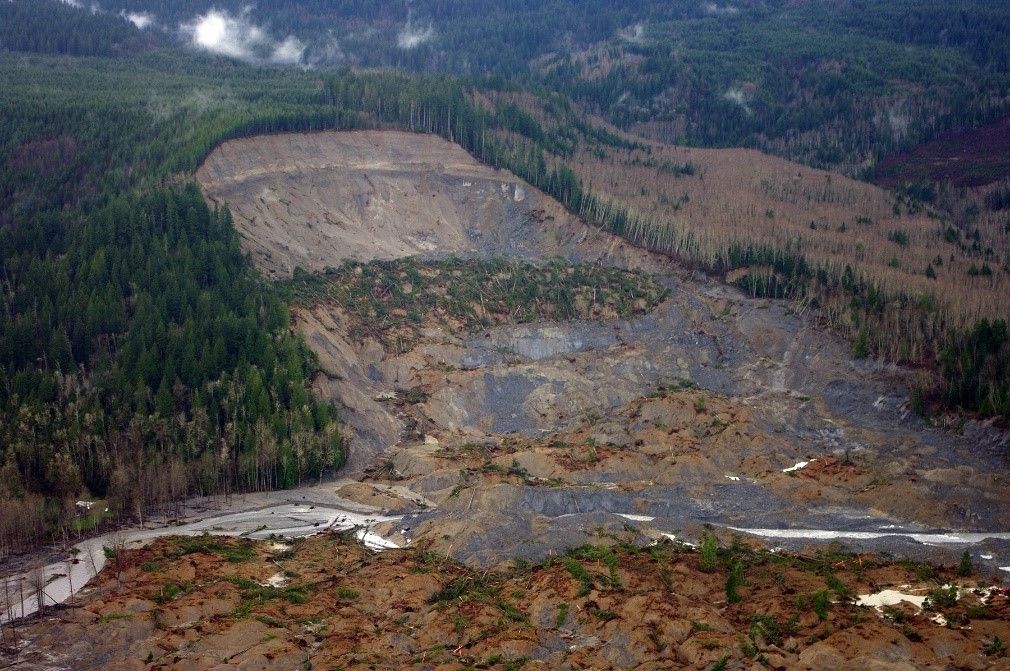Earth-Day Toolkit
NASA’s fleet of satellites see the whole Earth, every day.
This year, you can celebrate Earth Day with NASA wherever you are! Host your own Earth Day event—supported by NASA science—with activities, demonstrations, handouts, posters, videos, and more.
Whether you’re planning a formal presentation or are hosting a stand-alone exhibit, we have you covered.
In 2024, NASA is showcasing how NASA sees Earth’s oceans like no one else. NASA and its international partners have added two state of the art sensors to the satellite fleet that explore the complex connections between sea, air, land, climate, and more in ways never before possible at the global scale.
Celebrate Earth’s oceans and waterways this Earth Day!
Credit: NASA Goddard Space Flight Center/Reto Stöckli
Videos
Engage your audience while they wait for their turn to participate in an activity or as part of a formal presentation. Check out these five videos from NASA.
Demonstrations
Involve your audience by showing science in action. These demonstrations can take place in front of an audience and be led by a presenter. Hands-on activities can be completed by your audience.
Activities
Engage your audience. Download and print these hands-on activities for a variety of ages.
Best suited for ages 8+
Use the link above to make a flip book showing the change over time of two different rivers which we can observe using Landsat and other remote sensing instruments.

Best suited for ages 5+
Use the link above to create your own colorful “stained glass” window-style ornament of Earth that shows off its bright colors when light shines through.

Best suited for ages 9-14
Use the link above to dive into this diverse resource on fresh water with articles and hands-on activities about how NASA studies freshwater on Earth.

Best suited for ages 10-18
Use the link above to learn about the satellites that monitor extreme weather and climate change in this immersive augmented reality app and complete a series of missions, exploring weather satellites and their instruments.

Speakers
Invite speakers in your local area. Need ideas? Reach out to any local colleges, universities, science centers or museum. Want to find a NASA subject matter expert? Try these resources.
Image Galleries
Inspire your audience. Use these images and stories to show how NASA looks at Earth either in a presentation or as artwork around your event.
Posters
Explore how NASA studies oceans on Earth and beyond. Display these posters to exhibit NASA’s connection to Earth Science.
-
Earth Day Posters
View Earth Day posters past and present. Available to download and print for any event.
-
Viewing Water from Space
This poster features five beautiful natural-color images of US rivers meandering their way through the country’s varied landscape. On the reverse side, you will find a new game called “Rivers: Our National Water Resource.”
-
Explore the Globe with NASA
This poster shows how NASA, from the vantage point of space, works to increase our understanding of our planet, improve lives, and safeguard our future.
-
Ocean Worlds Infographic
Earth isn't the only ocean world in our solar system. The worlds depicted in this poster represent the best-known candidates in our search for life in the solar system - because where there is water, there is potential for life.

Handouts
Print and provide resources for your audience to learn more.
Citizen Science Opportunities
Spread the word. Earth Day doesn’t have to be just one day.











































